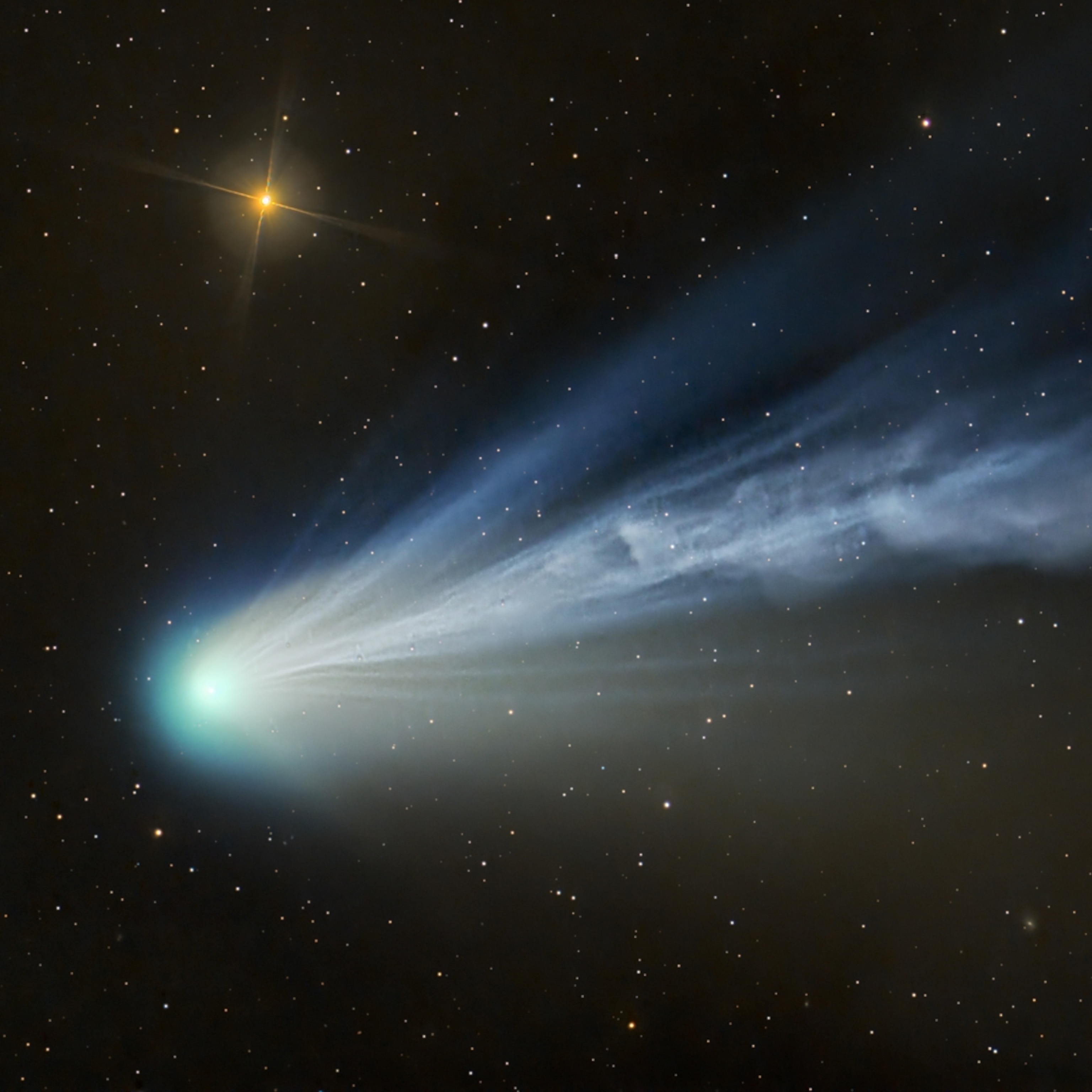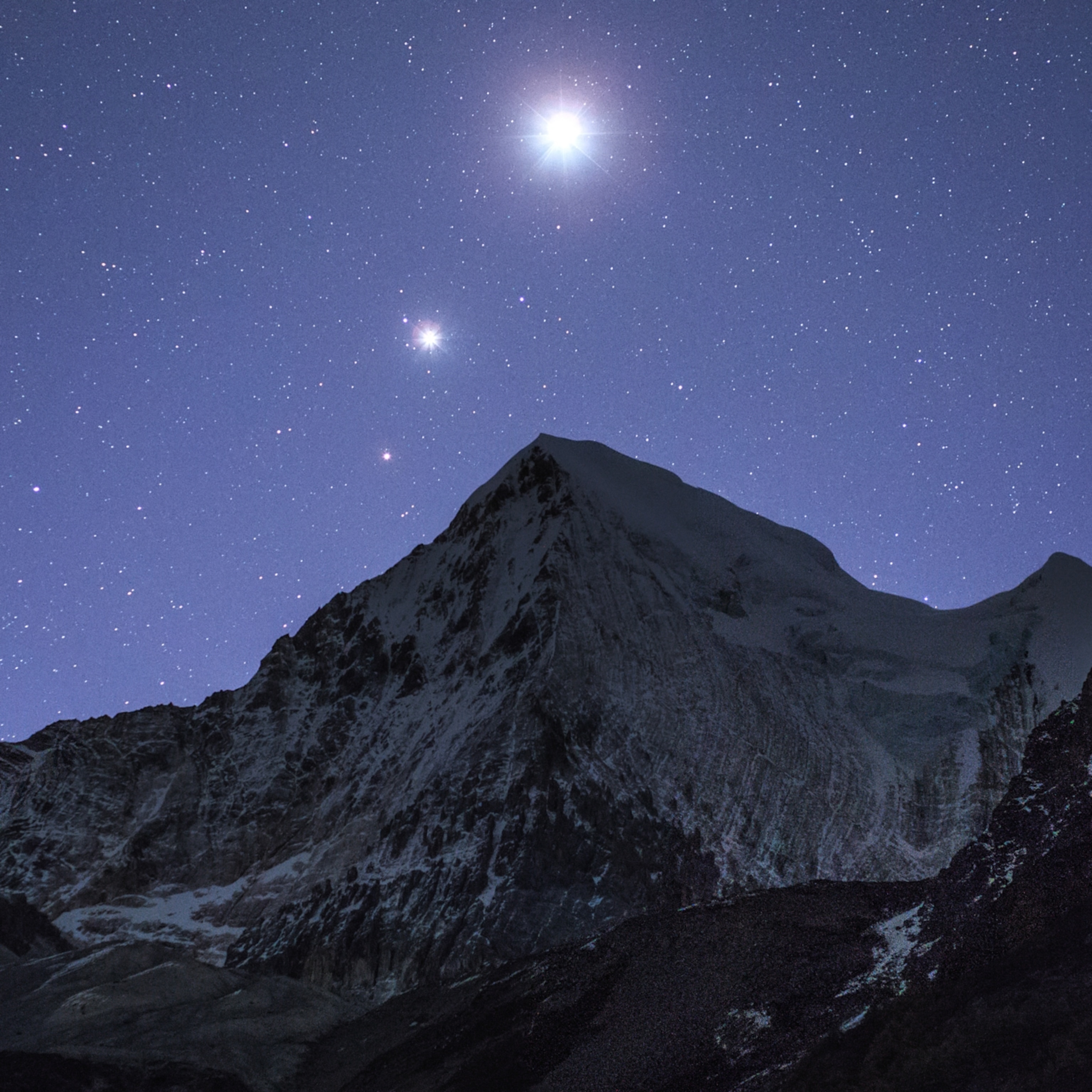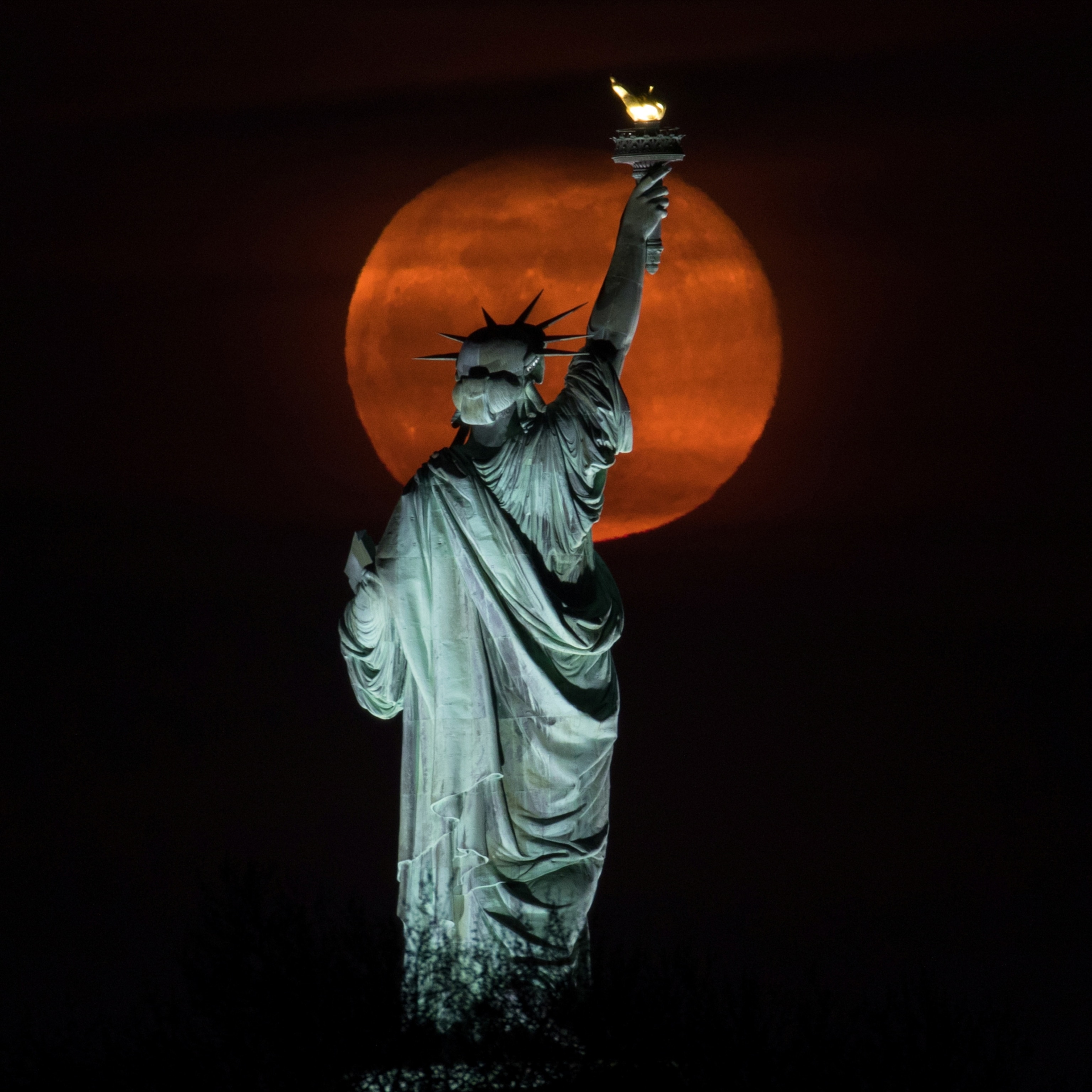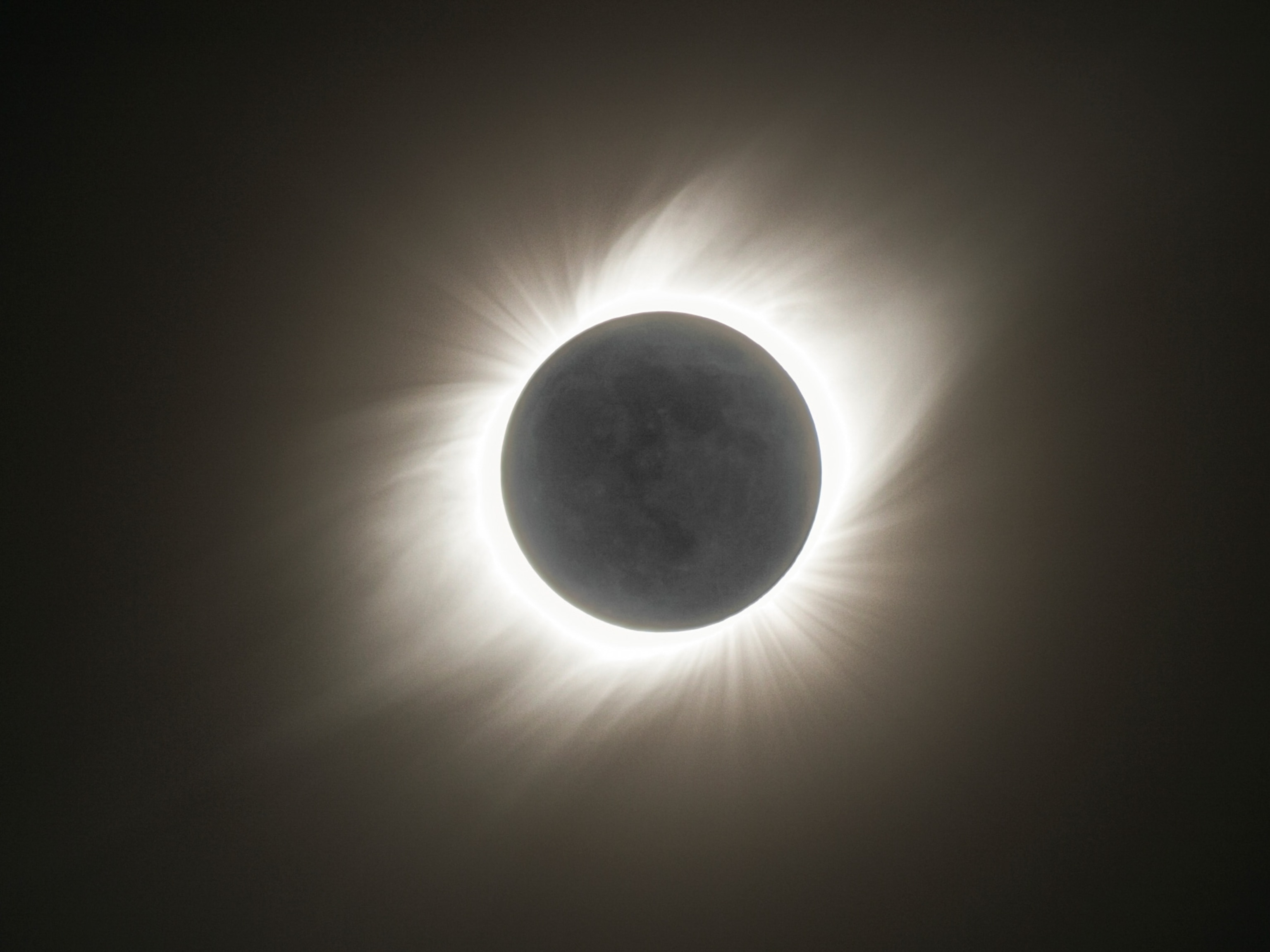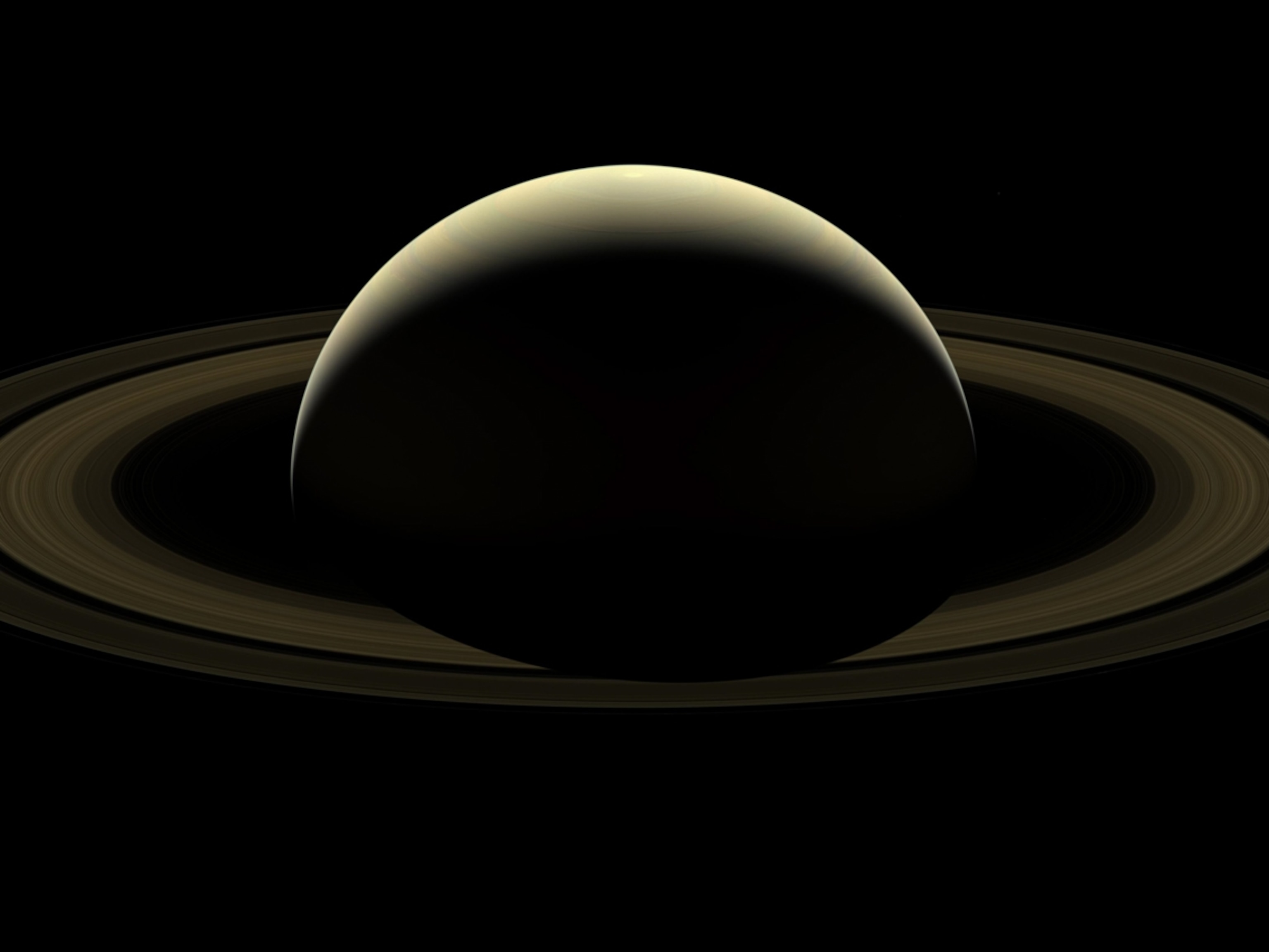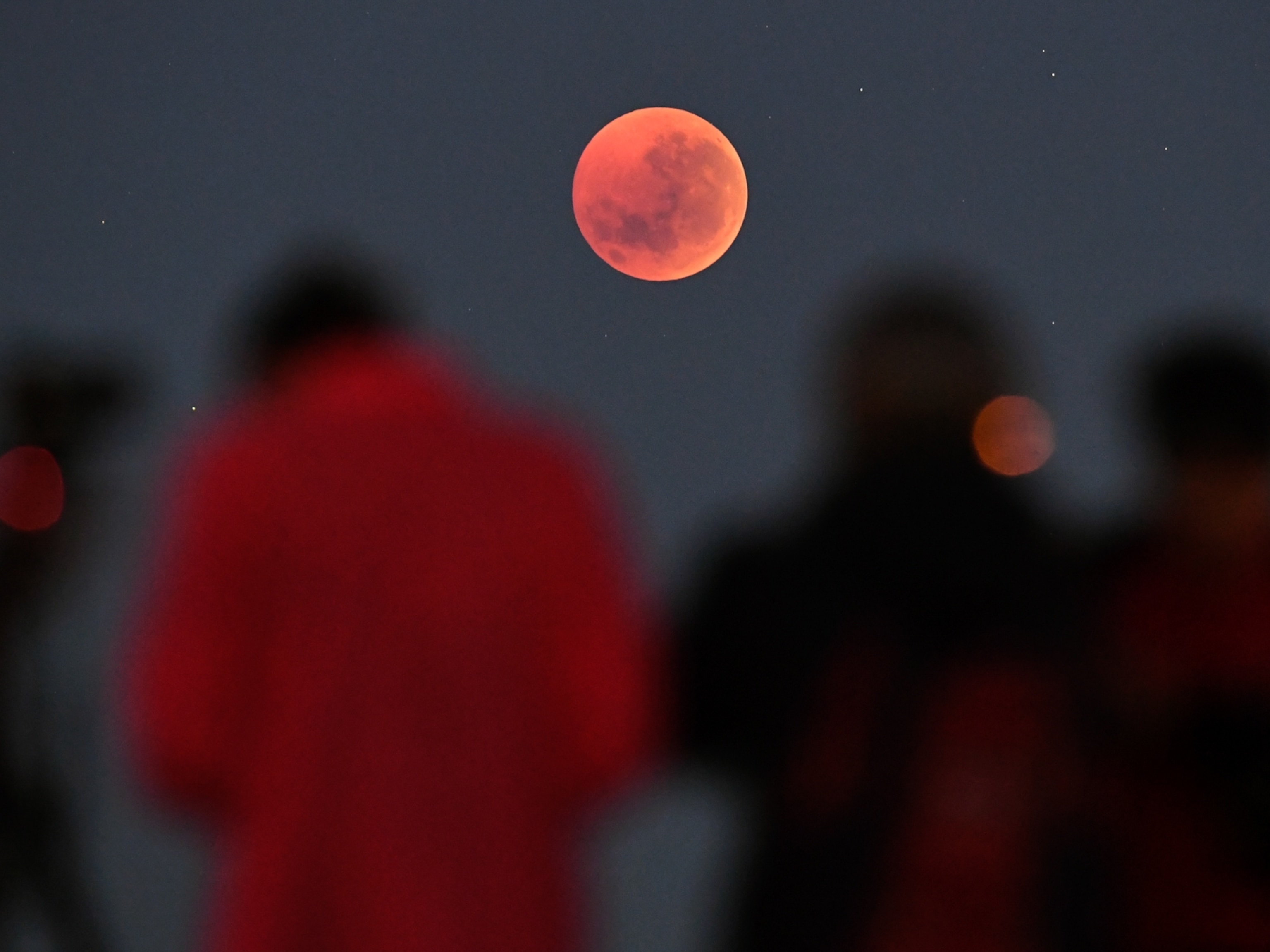9 must-see night sky events to look forward to in 2025
A partial solar eclipse. Numerous eye-catching planetary get-togethers. Saturn's rings perform a vanishing act. In the upcoming year, stargazers can anticipate an array of celestial wonders to get excited for.
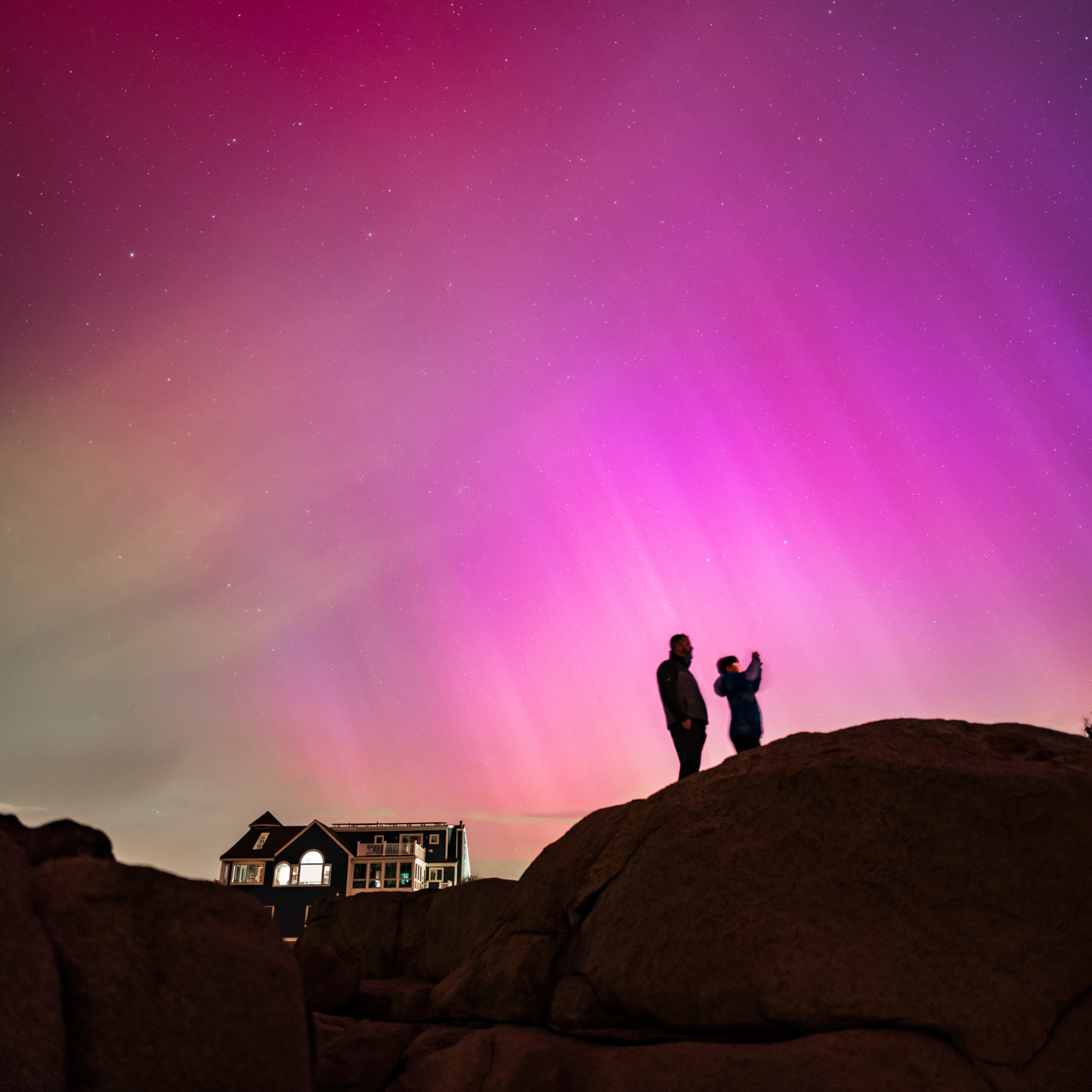
Get ready for a stellar array of celestial marvels in 2025. The star attractions include both a solar and lunar eclipse—and a spectacular meteor shower. That’s not all—keep an eye out for the moon cozying up with the nearest and brightest planets, all visible without any special gear. This year, Saturn will even put on its own disappearing act. Mark your calendars—these are the can't-miss cosmic events that will have you looking up in awe all year long.
January 18: Saturn and Venus conjunction

A year of celestial wonders starts off with a stunning planetary pairing! On January 18, two neighboring worlds of Venus and Saturn will appear less than half a degree apart in the sky, about 30–45 minutes after sunset. Look for the two planets shining in the southwest about a third of the way up the sky.
Venus, the brighter of the two, will shine a brilliant white, with Saturn right next to it appearing slightly dimmer and more golden. Though you will be able to see both with the naked eye, binoculars will enhance the view, and a small telescope will even reveal Saturn’s iconic rings.
March 14: Total lunar eclipse and blood moon
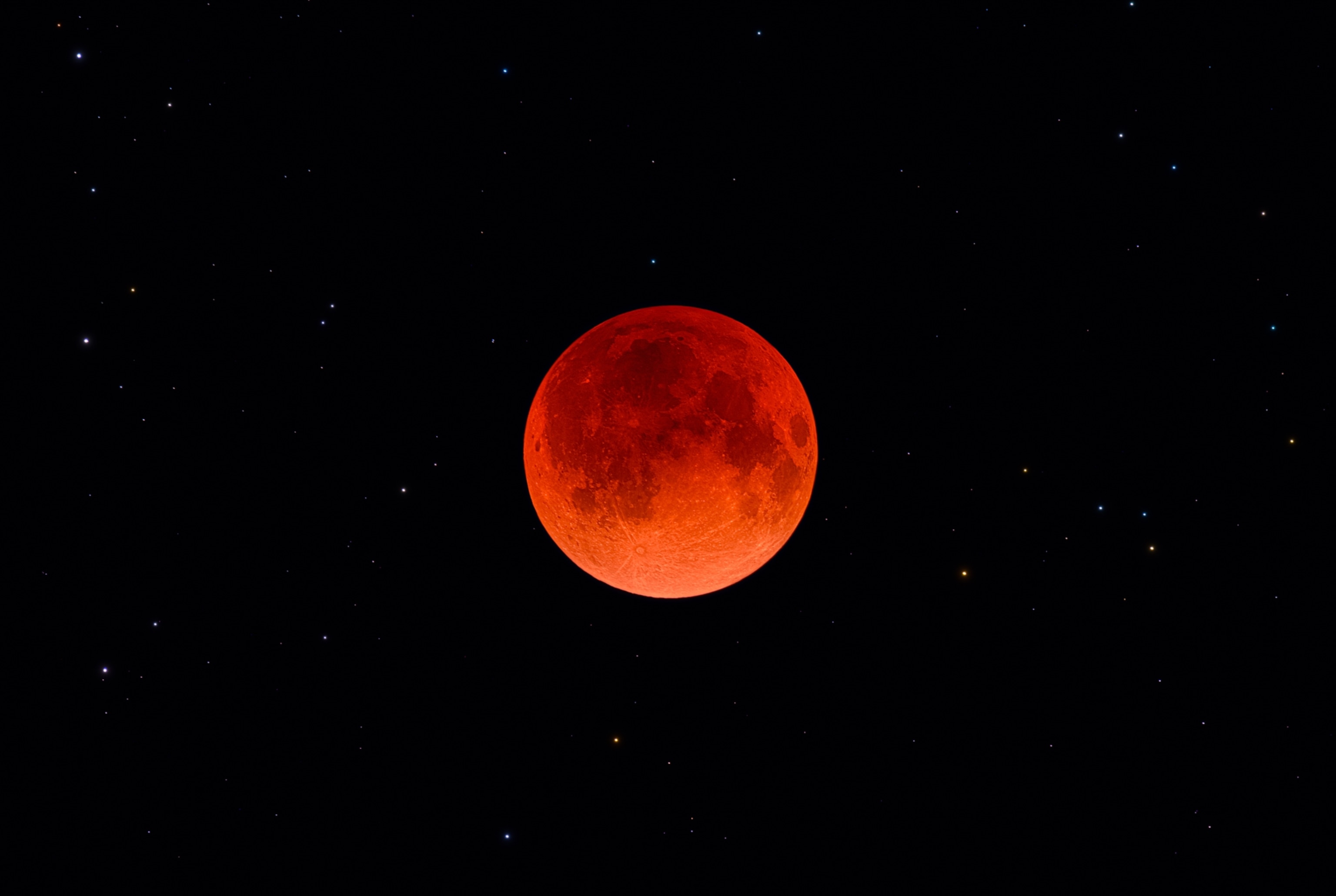
Watch the moon blush in the early morning hours of March 14. The “blood moon” effect occurs only when there is a full moon and the sun, Earth, and moon are precisely aligned so that our planet's shadow blankets the moon’s disk in the sky.
Stargazers can get a great view of the event across the Americas, weather permitting. The first hint of shading occurs at 11:57 p.m. EST (on March 13), as the Earth’s outer shadow begins to cover the lunar disk. The most breathtaking part of the sky show is the total eclipse, lasting from 2:26 a.m. to 3:31 a.m. EST, when the entire moon is in the middle of Earth’s shadow cone—painting the moon in shades of pumpkin orange to coppery red.
March 29: Partial solar eclipse
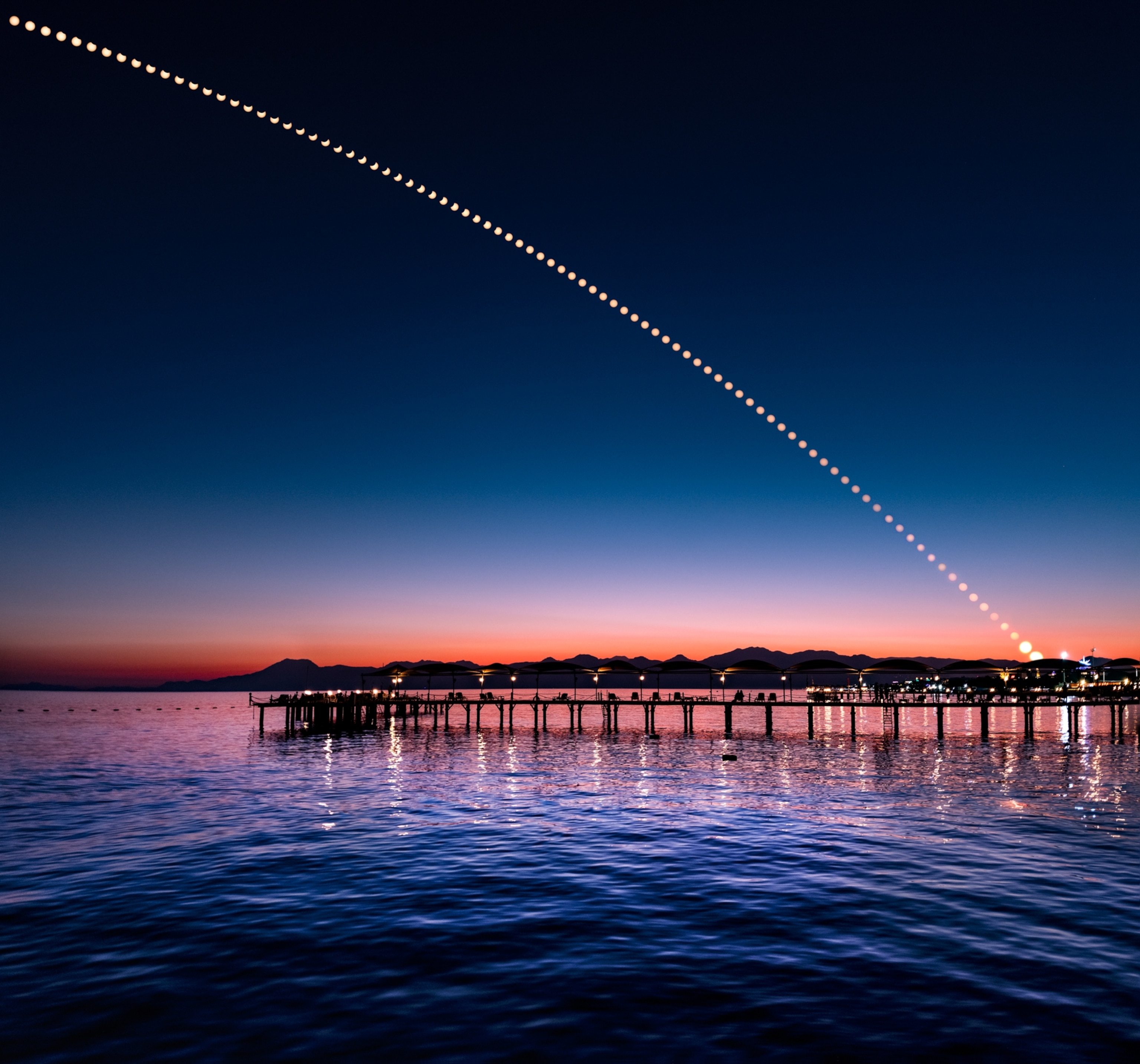
In contrast to the solar eclipse in April 2024, the solar eclipse coming March 29, 2025, will have the sun appear as a crescent. Visible across large parts of North America, Europe, northern Asia, and northwest Africa, the event begins at 4:50 a.m. EST. At 6:47 a.m. EST, the largest portion of the sun will be obscured by the moon.
Canadian Atlantic provinces and northern Quebec will see the largest portions of the sun obscured (80 to 92 percent blocked.) Always use solar viewing glasses or a pinhole projector to observe safely—never look directly at the sun.
June 26: Moon and Mercury meet up

Have you ever seen the closest planet to the sun? Mercury is often tricky to spot because of its proximity to the sun and its obscuring shine. On June 26, the elusive planet will be easier to glimpse as it appears next to our moon—a perfect setup for novice skywatchers.
Look low in the western sky shortly after sunset, around 20–30 minutes before the twilight fades completely. Mercury will shine as a faint point of light to the naked eye, just three degrees beside the moon’s slender crescent.
Remember to find a site with a clear view to the low sky to catch the pair. It may be tricky to spot little Mercury in the sunset glare, so try using binoculars to enhance your view.
August 12: Venus and Jupiter’s close encounter
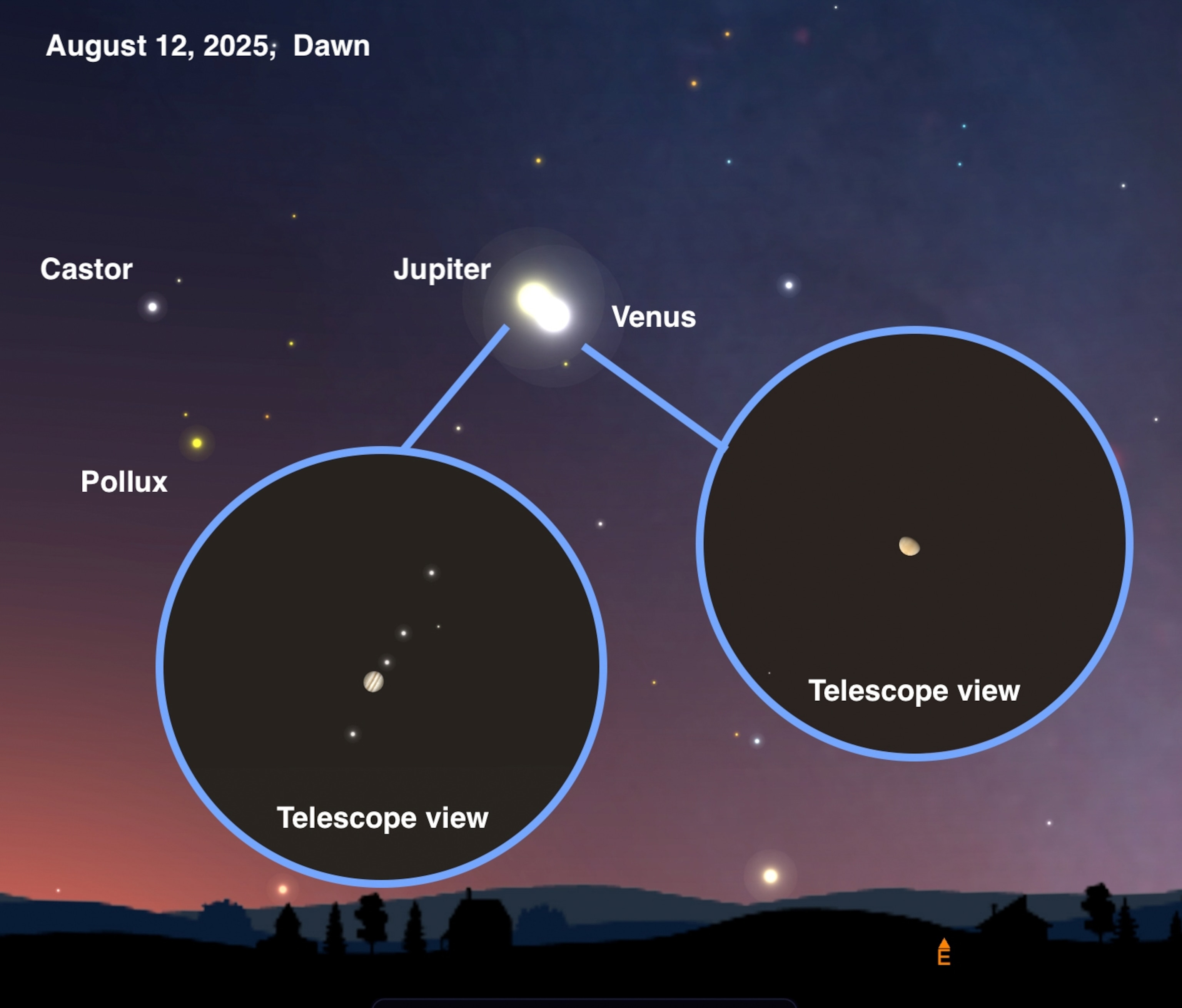
Set your alarm for an early morning sky show on August 12 as the two brightest planets, Venus and Jupiter, appear stunningly close together. This close conjunction is a rare chance to observe the two brightest planets side by side.
Look high in the east at dawn for two bright objects, close enough to fit together in binoculars. Venus will outshine Jupiter with its brilliant white glow, while Jupiter appears slightly dimmer and more golden. With a small telescope, you’ll be able to see Jupiter’s banded atmosphere and four Galilean moons, which may appear as tiny dots lined up around the planet.
September 7: Another total lunar eclipse and blood moon

Earthlings get a second chance to see a blood moon in 2025, as a total lunar eclipse envelopes Europe, Africa, Asia and Australia on the evening of September 7.
Earth’s shadow will begin creeping across the moon’s surface at 12:27 p.m. EDT , while the total eclipse phase runs from 1:30 EDT to 2:52 p.m. EDT. During the total phase of the eclipse, sunlight shining through the ring of Earth's dusty atmosphere is bent toward the red part of the spectrum and cast onto the moon's surface, making the moon appear to be bathed in an eerie orange-red glow.
To observe, find a viewing spot with a clear view of the eastern sky as the moon rises. No equipment is needed, but binoculars or a telescope will enhance the view of the red lunar surface.
September 19: Moon, Venus, and Regulus in celestial group hug
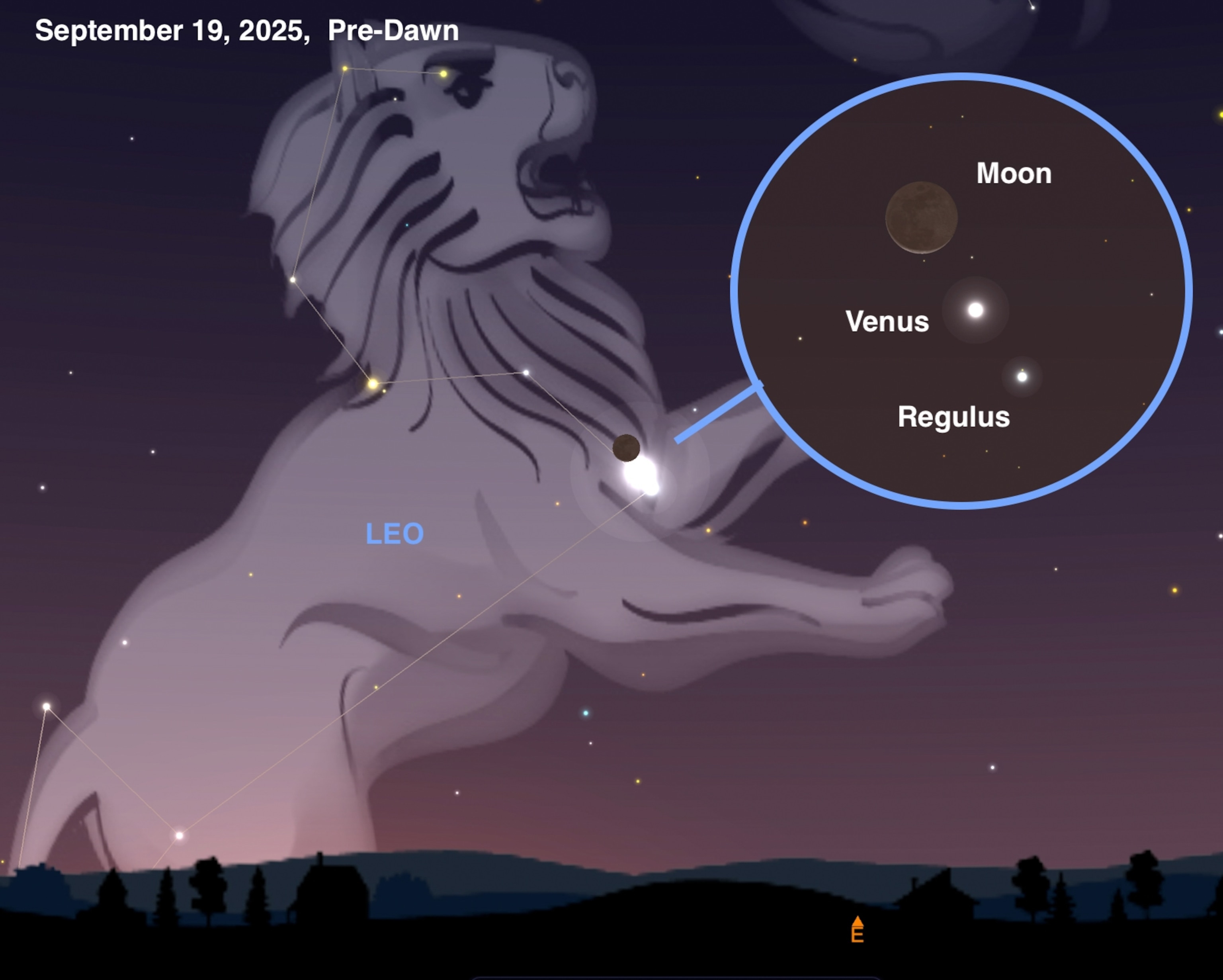
A beautiful celestial trio will dominate the early morning skies this September 19. Look east about 45 minutes before sunrise to see the slender crescent moon, brilliant Venus, and the bright star Regulus forming a striking triangle. Venus, the brightest object after the moon, will shine like a diamond, with Regulus glowing nearby in a regal blue-white hue.
This close grouping is easily visible to the naked eye, but binoculars will provide a much sharper view.
November 8: Saturn’s rings vanish
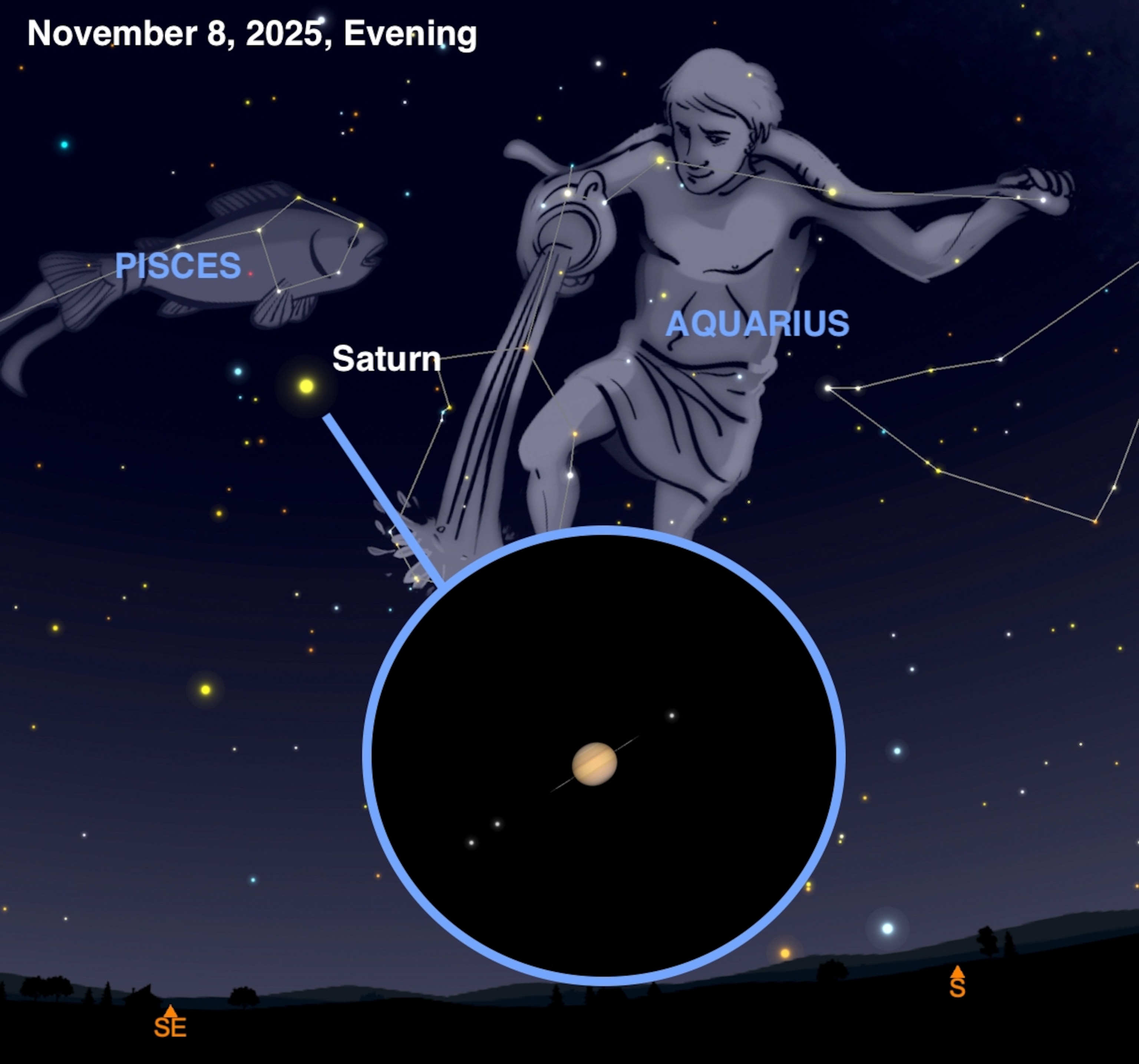
Saturn’s iconic rings are what we all expect when viewing this giant planet. But in early November, Saturn will temporarily lose its claim to fame as its rings will appear edge-on.
This rare event occurs every 15 years as Saturn's tilt aligns with Earth, causing the thin rings (only a few miles thick) to appear nearly invisible. The best way to observe is with a backyard telescope under high magnification. For the best view, look south in the evening sky as the gas giant shines bright in the constellation Aquarius.
December 13 to 14: Geminid meteor shower peaks
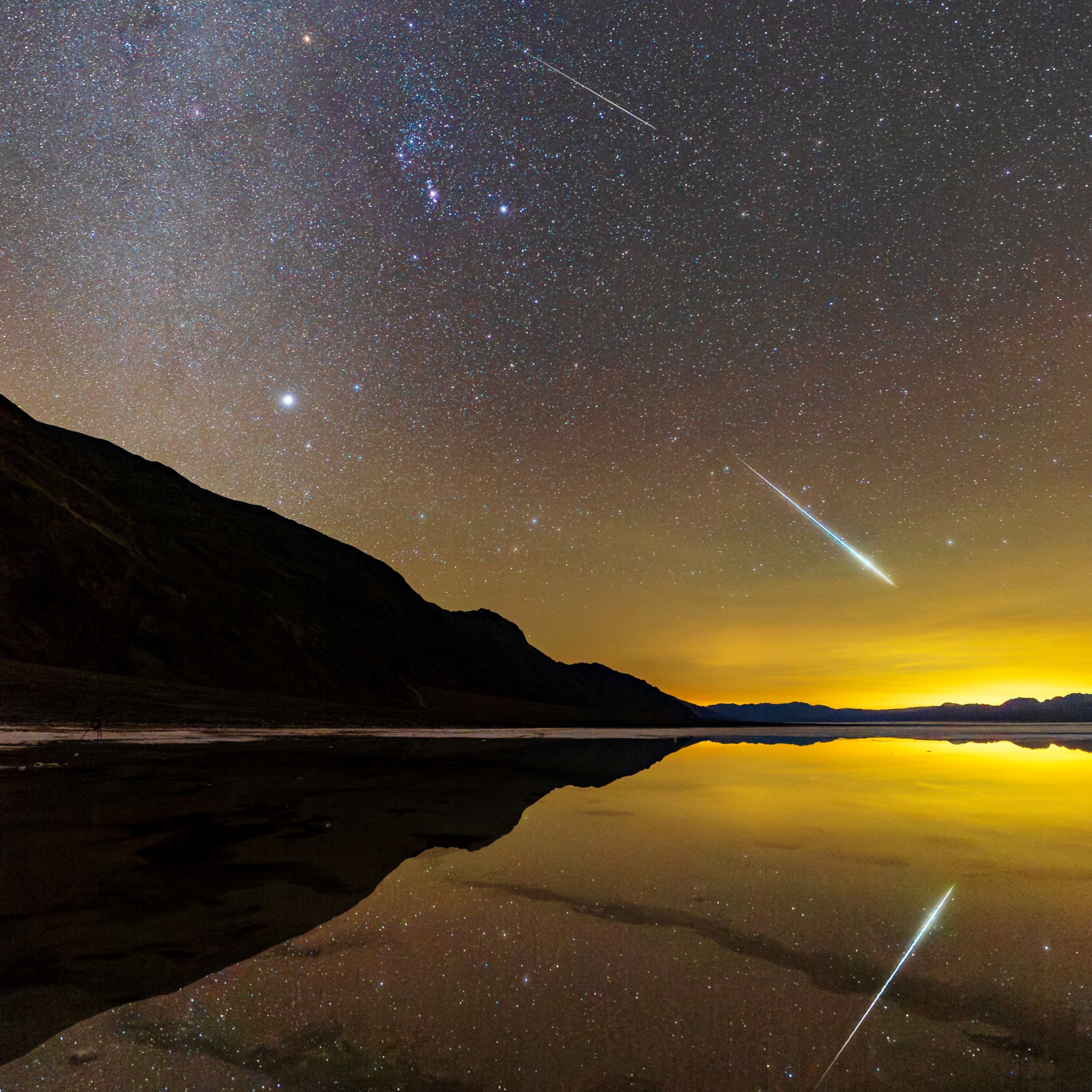
Every December, Earth travels through a cloud of space debris left over from a crumbling asteroid, producing a flurry shooting stars.
The Geminid meteor shower can produce up to 60 to 120 meteors an hour during the peak dates of December 13-14 in a typical year. This year promises to be particularly good for the Geminids, since the shower’s peak will coincide with a dark, moonless sky.
To get the best view, scout out a viewing spot with as little light pollution as possible. Even from a suburban backyard or park, dozens of shooting stars should be visible each hour under clear skies.
Aurora watching in 2025
In October 2024, representatives from NASA, the National Oceanic and Atmospheric Administration (NOAA), and the international Solar Cycle Prediction Panel announced that the Sun has reached its solar maximum period, which could continue for the next year.
Throughout 2025, we can expect heightened solar activity, including sunspots and solar flares, which inevitably increases the chances of Earth experiencing strong, vivid auroras in our skies.

